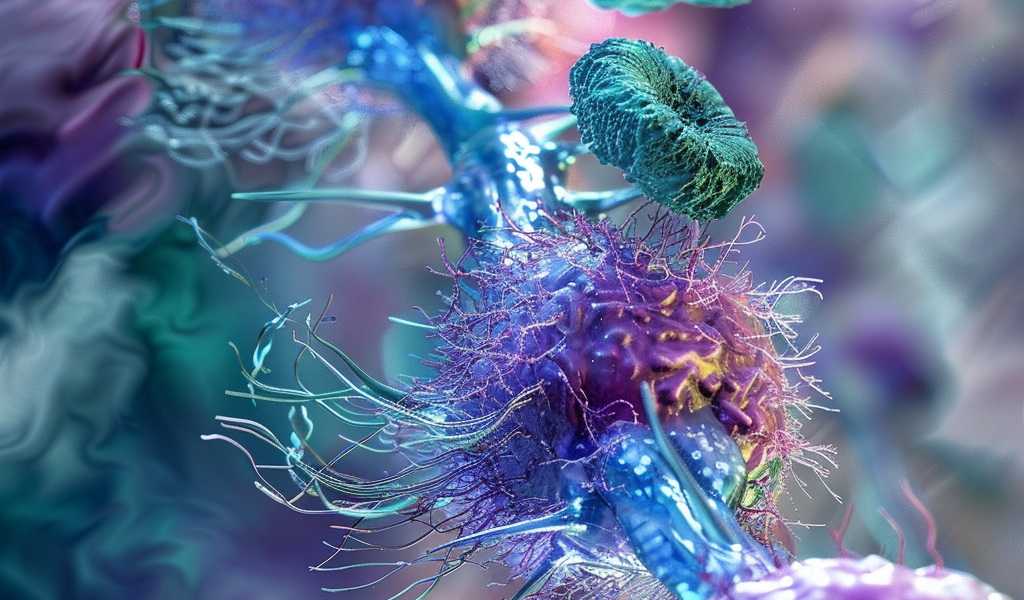Groundbreaking Study Reveals Role of Tertiary Lymphoid Structures in Cancer Treatment
Recent research from the Johns Hopkins Kimmel Cancer Center has unveiled significant findings regarding the role of lymph node-like structures known as tertiary lymphoid structures (TLS) in the treatment of liver tumors. This study, published on October 25 in Nature Immunology, suggests that these structures could play a crucial role in enhancing anti-tumor immunity, particularly in patients undergoing presurgical immunotherapy for hepatocellular carcinoma (HCC).
Tertiary lymphoid structures are organized clusters of immune B and T cells that can form in response to certain treatments, including immune checkpoint inhibitors. These substances are designed to reactivate the body’s natural defenses against cancer. While the presence of these structures has been associated with improved treatment responses, the precise mechanisms behind their function and development remain elusive.
The research team, led by Dr. Mark Yarchoan, an associate professor of oncology, aimed to investigate the lifecycle and impact of TLS in patients with liver cancer. Their findings indicate that a higher presence of these structures correlates with a reduced likelihood of cancer recurrence post-surgery. Dr. Yarchoan emphasized the importance of these structures in generating effective anti-tumor immunity, stating, “The takeaway is that these structures may be very important in the generation of anti-tumor immunity and may increase the likelihood of curing the cancer.”
In previous clinical trials, the team explored the effects of immunotherapy administered before surgery in patients with HCC. The results showed that while some patients achieved complete remission, others did not respond as favorably. This discrepancy prompted further investigation into the characteristics of the tumors and their immune environments.
During the study, researchers observed that tumors exhibiting a higher density of tertiary lymphoid structures experienced significant shrinkage following immunotherapy and were less likely to recur after surgical intervention. Conversely, tumors lacking these structures showed minimal response to treatment and a higher recurrence rate post-surgery. Notably, the research highlighted that TLS located within the center of tumors were particularly advantageous compared to those situated at the periphery.
The implications of these findings could be transformative for the approach to treating hepatocellular carcinoma and potentially other types of cancer. By understanding the formation and function of tertiary lymphoid structures, oncologists may be able to develop strategies to enhance their presence in tumors, thereby improving patient outcomes.
As the field of cancer immunotherapy continues to evolve, studies like this one are critical in uncovering the complexities of the immune response to tumors. The insights gained from the research at Johns Hopkins Kimmel Cancer Center not only pave the way for more effective treatment modalities but also contribute to the broader understanding of how the immune system can be harnessed to combat cancer.
Further research is necessary to explore the full potential of tertiary lymphoid structures in cancer therapy. The ongoing efforts to elucidate their role will be essential in optimizing immunotherapeutic strategies and ultimately enhancing survival rates for patients battling liver cancer and beyond.





